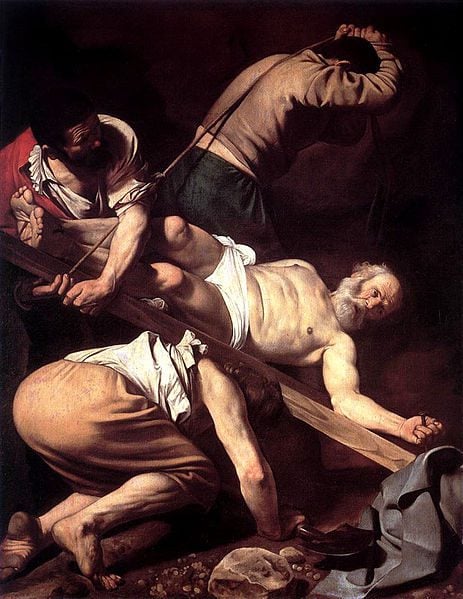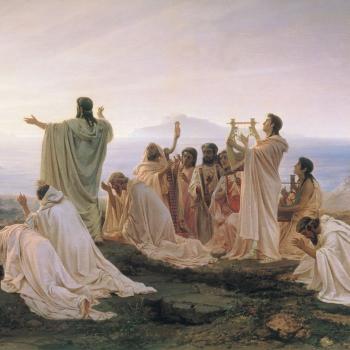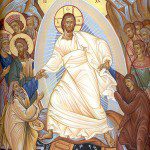
Here, I conclude the short little outline summary that I began here and continued here. These notes are drawn from presentations given by the well-known and widely respected Evangelical Protestant philosopher William Lane Craig: He offers four basic propositions that, he says, are almost universally accepted by all scholars of the New Testament, whether believers or unbelievers. I continue with the third and fourth of those propositions, to which are appended some of the supporting ideas for them that Dr. Craig offers:
III. On multiple occasions, his disciples experienced Jesus as alive.
- The list given in 1 Corinthians 15:4-8 is, as I’ve noted, very early.
- The traditions of such appearances in the four New Testament gospels are independent of the list given in 1 Corinthians 15.
- These accounts bear the earmarks of authenticity. It is, for example, highly unlikely that early Christians would have invented the embarrassing skepticism of James, the brother of Jesus, which is mentioned at John 7:5. After all, James went on to become the leader of the Christian disciples in Jerusalem and, in either AD 62 or AD 69, a very early and very honored Christian martyr.
IV. The early followers of Jesus, all or virtually all of them Jewish, were disinclined to believe in the resurrection of Jesus, yet they did believe it.
- Mainstream ancient Judaism did not expect a defeated messiah, let alone a dead one.
- The standard ancient Jewish position, based firmly in scripture, was that execution on a cross revealed that the person so executed was accursed of God: “He that is hanged [‘on a tree’] is accursed of God” (Deuteronomy 21:23).
- Mainstream ancient Judaism expected a general resurrection at the end of time, not the resurrection of a single individual long before the apocalypse.
William Lane Craig argues, using the principle of “inference to the best explanation,” that the best explanation of his four propositions is that Jesus really did rise from the dead. At a minimum, he contends, belief in the resurrection of Christ is a rational response to the quartet of likely historical facts that he offers.
For myself, I think that certain other facts could profitably be adduced, among them the dramatic transformation in the disciples between their terrified hiding out in the upper room on the Saturday following the crucifixion and, just a few weeks later, the fearless preaching of the apostles that is recorded in the earliest chapters of Acts. (I posted several relevant comments on those chapters here not too long ago.). That they went on to fairly predictable and avoidable martyrdom because of their beliefs is evidence that needs to be taken firmly into account.












